Tokyo Twilight Ghost Hunters: Daybreak Special Gigs (Video Game)

Developed by Arc System Works/Toybox Inc.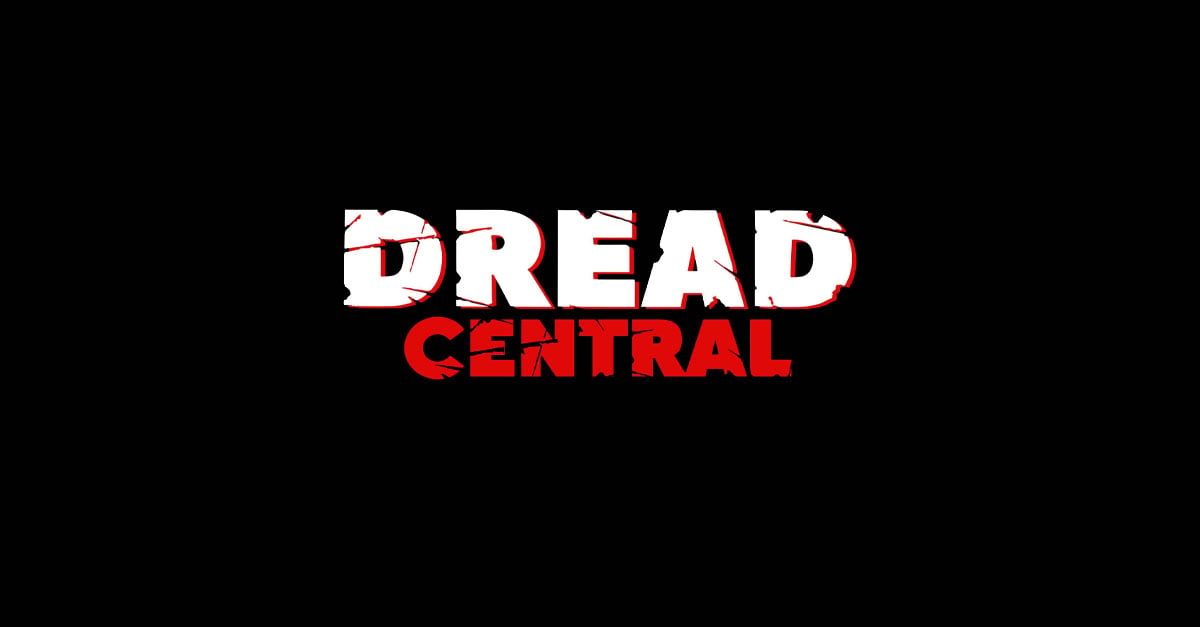
Published by Aksys Games
Available on PS4 (reviewed), PS3, and PS Vita
Rated PEGI 12
Throughout the life of one who plays video games, there’s bound to be a handful that stick out in their memory. For me, one such game that I share a storied history with also happens to have the longest name. Newly re-released on the PS4, PS3, and PS Vita is Tokyo Twilight Ghost Hunters: Daybreak Special Gigs. Not to be confused of course with the original: Tokyo Twilight Ghost Hunters. From now on, let’s just call it Tokyo Twilight to save us all time, eh?
My history with Tokyo Twilight began in March of 2015. I was writing for a different website at the time and was just handed down two games for review from my boss. One shall go unnamed, as it is a story for another time. The other game was of course Tokyo Twilight. Ever a fan of Japanese visual novels, I jumped at the chance to review it. A quick Google search had revealed some pretty interesting advances to the visual novel genre in Tokyo Twilight, so I was really excited to get started. That excitement turned to pure, unadulterated boredom and frustration extremely quickly.
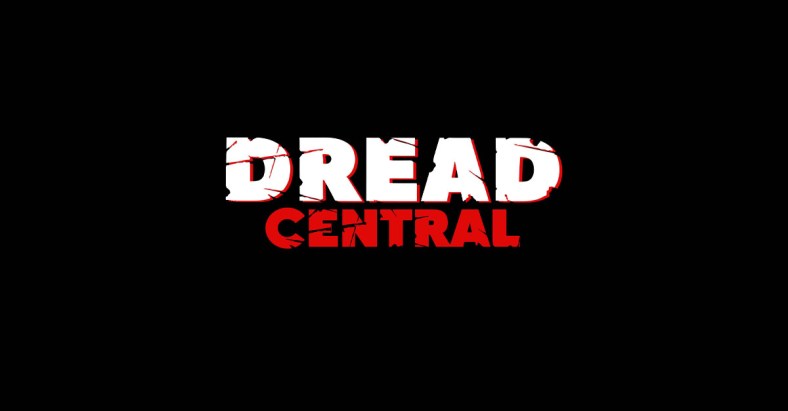
Not quite as frustrated as this drunken businessman ghost holding an umbrella… maybe.
Let’s start with the positives of Tokyo Twilight. I’d rather not paint a dour portrait immediately since this game really did break ground in some ways. In the original, and now in the re-release, Tokyo Twilight divides its time between two genres: visual novel and strategy game. Within the visual novel sections of the game is an aptly named feature called GHOST. This stands for graphics horizontal object streaming. In layman’s terms, the creators of Tokyo Twilight have breathed life into their characters. When speaking to various people throughout the game, their chests will rise and fall with their breathing, they will blink, and their reactions to things will be obvious on their faces. For someone who has played hours upon hours of visual novel games, I greatly appreciated this. Static images can only keep you entertained for so long, even when the story is fascinating. Having something else to look at was great. Especially since there was a novelty factor to seeing characters emotions register on their faces during conversations.

Ooh, angry Chizuru!
To go along with the characters’ emotions, there is another aspect to Tokyo Twilight that is unique. The game features a “sensory input” system. Unlike most visual novels where stock choices are given for you to choose from, Tokyo Twilight utilizes two wheels. First, there is an emotion choice (love, friendship, sadness, anger, and anxiety). Then, there is a choice between one of the five senses. Hilarity abounds in some of these options since “friendly taste” generally leads to the main character either trying to lick or kiss someone. Almost any emotion mixed with sight usually leads to responses like, “What are you looking at?” or “Are you listening to me?” So be prepared for your character to either seem like a pervert or an idiot. Play your cards right though and you could get a romantic ending with one of the characters like I did with Mifune. The developer and publisher haven’t said whether a same-sex romantic ending is possible, but it’s worth a try! According to the Tokyo Twilight website, these wheel choices do not largely change the way the game progresses, so feel free to fool around as much as you want.
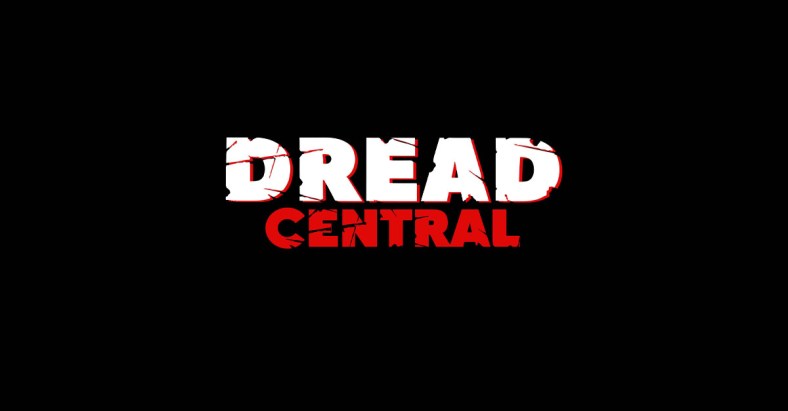
D’aww, she loves me!
Another positive to Tokyo Twilight is the story. In it you play a young man who has just transferred to a new school. He meets and subsequently connects with two of his new classmates quickly. Masamune Shiga is the smartest person in his class, wheelchair bound, and can see ghosts. Sayuri Mifune is the class president, and also has the ability to see ghosts. The three quickly become close and all work for a company called Gate Keepers, Inc. By day it is an occult publisher, but by night it works with the public to help exorcise troublesome ghosts. The main character quickly becomes an integral part of the Gate Keepers team, and works with them to take down ghosts that are harming humans. Throughout the story, the students question many things including what happens to us when we die, what causes ghosts to linger, and what can we do to free their souls? These are interesting subjects and Tokyo Twilight tackles them head-on. Do I feel like I know the meaning of life, and what will happen to me for sure after I die? Of course not. But do I feel like this aspect of Tokyo Twilight’s plot came full circle? Definitely.
The re-release of Tokyo Twilight brings five new additional story segments to the game. An additional major character is introduced, Chagall. He apparently belongs to the Malleus Maleficarum Organization, and doesn’t agree with Gate Keepers’ practice of profiting off of exorcisms. There are also some new NPCs that show up throughout the game. On Tokyo Twilight’s official website, there are three new NPCs shown, but throughout my gameplay I only encountered two of them. So it’s definitely clear that some choices made in the game will affect the characters you meet. One last little miscellaneous thing that the re-release brings is a bonus for using your save data from the previous game. If you do this you’ll get a charm that you can use in the game! I can’t speak to how worth it it is to have the charm since I don’t have my previous game’s save, but if you can acquire it, why not?
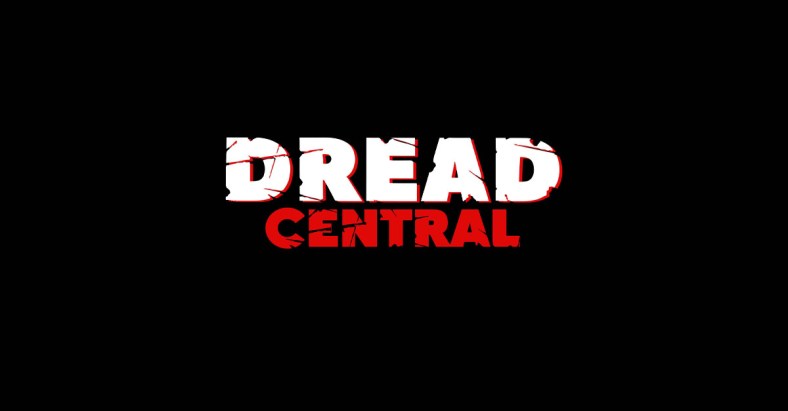
This guy’s new! The one on the right anyway. Chagall!
I’d like to move on to the meat and potatoes of Tokyo Twilight—the strategy gameplay—but there’s one other thing that should be mentioned first. There is a lot to do in this game. Outside of the visual novel and regular strategy game aspects there is the Gate Keepers, Inc. home office. Take a big breath, ‘cause here you can do a ton of different things. I’ll list them and then elaborate a bit. The clickable choices are (in no particular order): poster, board game, locker, PC, whiteboard, photo album, welcome mat, briefing desk, and sometimes the light switch. Some are reasonably self explanatory like the poster, locker, and photo album. These allow you to save your game, equip items, and look back on past cutscenes respectively. More complicated are the others. The board game is actually an entirely different game within Tokyo Twilight. It’s called Hypernatural, and is essentially a simplified version of the main game’s battle system. The Gate Keepers office PC has many options including the ability to take on side requests, trade in points for items, and read a glossary of relevant terms as well as a list of ghosts you’ve fought. Using the whiteboard you can learn new skills and raise stats that impact things like how much traps cost to set, and how many friendship points you receive from interactions. The welcome mat allows you to move either to a store where you can purchase armor/weapons/items, or to M.I.T. (Moichi Industries Tec Lab) where you can craft these things instead. The briefing desk is where you begin main and side exorcism requests. Finally, the light switch allows you to move into the next visual novel chapter after exorcisms. All of these things, while they are many, are still only a small fraction of the game. They’re also arguably not important in some cases. I traded in points for items a handful of times since I found it more worthwhile to craft or buy them. I played a few rounds of Hypernatural to figure out how it worked and then never touched it again since it didn’t help my characters level up. Instead I spent most of my time on the PC taking side exorcism requests so I could grind for levels.
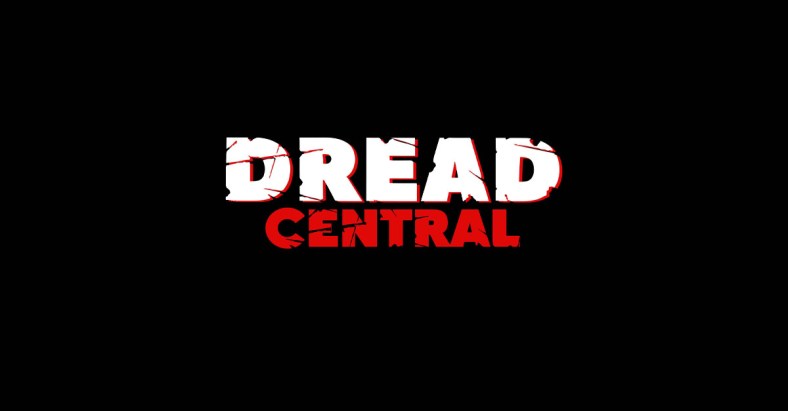
The ever cluttered Gate Keepers, Inc. home office.
All right, now that we’re finally past the visual novel and Gate Keepers, Inc. home office stuffs, on to the gameplay! As I’ve mentioned a few times already, Tokyo Twilight is also a strategy game. You choose an exorcism request which leads you to a map of the location the ghost haunts. Before entering the location you can set traps for the would-be baddies. Each trap costs money and you can only set so many. But these can be a big help in cornering ghosties on the map. Once you’ve done this you are transferred to the actual battle. Each character has an amount of action points based on their level. Action points are used for movement, skills, and items. So long as you have enough AP, you can have your characters attack multiple times if you want (this is new to the re-release). There’s always a main target in these battles, but sometimes there will be a few extra ghosts running around that you can either take out or ignore. Taking them out gets you extra experience points, but takes up your time depending on how many people you need to take it out. The battles are all timed in “minutes,” which is actually a turn counter.

You will see this screen A LOT.
While this all sounds well and good, I have to burst that bubble. The battles in Tokyo Twilight are the worst part of the game. Unfortunately the entire system feels like an exercise in micro-managing. That’s when I’m not hurting myself eye-rolling at the clearly procedurally generated ghost names. Watch out for that “Stumbling Gorgeous Spider!” Don’t go near that “Inviting Scarred Movie,” he only invites bad, bad things. Of course I haven’t mentioned the incessant rock music that plays on a loop in the background. Don’t get me wrong, I love rock music. See? I even bolded it. But something about hearing the same track over and over again spoiled it for me in Tokyo Twilight. Back to the real issue at hand though. Tokyo Twilight’s battle system can be exhausting. Even the short battles feel like they take forever since you’re always telling four people every little thing they have to do. Then of course there’s the fact that you’ll definitely be playing some battles over and over again. There are huge level gaps in Tokyo Twilight at times. Often you’ll go from one main exorcism to another where the next boss is exceedingly higher level than the previous. Be prepared to grind, and grind, and grind. I can’t tell you how many times I fell asleep grinding while playing Tokyo Twilight. I don’t know about you guys, but I don’t think a good game should put you to sleep… Unless it’s Pokemon. Those games are narcolepsy triggers for me for some reason.
Speaking of the difficulty though, I have heard from others that this re-release of Tokyo Twilight is much harder than the original game. Seeing as how the game came out September 20th 2016, and I’m just now reviewing it, I’m inclined to agree. By the time I had finished the game I’d completed over 100 exorcisms, and that’s not possible unless you’ve taken dozens of extra side ones. The last boss in the game was the most infuriating because you can only battle him after doing two other battles first. Between which you cannot restock your items or swap out equipment. Let’s just say I maxed out a bunch of my main character’s stats before finally winning. That truly shouldn’t be necessary in most games.
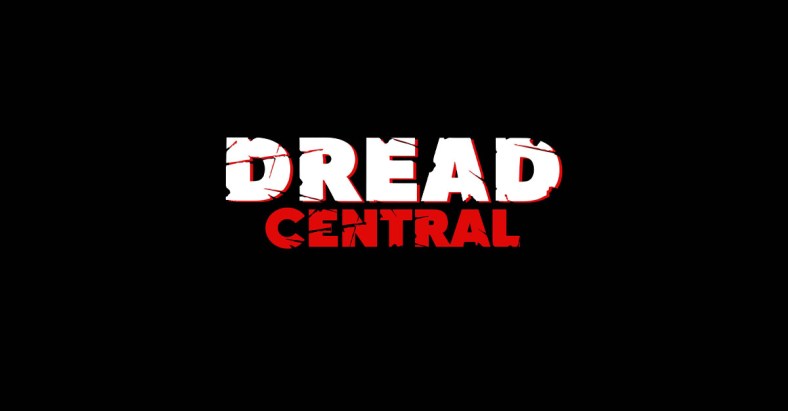
I’m talking about this snarky motherfucker right here.
Well friends, we’ve come now to the end. Literally. We have got to talk about the elephant in the room, the end of Tokyo Twilight. Is the finale in Tokyo Twilight Ghost Hunters: Daybreak Special Gigs worth all the suffering I went through to reach it? Absolutely not. SPOILER ALERT, one of the main character’s classmates—Shiga—has his paralysis cured near the end of the game. Yippee! But oh, not so fast! His legs are taken from him again at the very end of the game. Oops, sorry Shiga. Tokyo Twilight doesn’t reveal anything at all about Shiga’s condition after the game ends either. As far as we know he’s paralyzed for life again, and that just sucks. Also, the main character dies. You spend a good portion of the end of the game playing as a ghost. Oh the irony. Don’t worry though, if you stick through the end-game credits, you’ll find out that he magically becomes a real boy again! No explanation as to how, no explanation as to how someone finds him, no explanation as to how the hell his dead body got there in the first place, and definitely no explanation of what happens next. It doesn’t even really feel like they were leaving the game open for a sequel, but of course that’s always still possible.
Tokyo Twilight Ghost Hunters: Daybreak Special Gigs functions much like the original. It introduces some snazzy new technology for visual novel games that I personally think should be adopted across the board. There is an interesting story to follow that pokes at some deep questions. However, the basic strategy gameplay is as infuriating as it is lengthy. I fell asleep multiple times trying to get through Tokyo Twilight when I played the original, and unfortunately did the same this time around too. If you want a challenge, and want a game that will last you a long time (because you’ll be playing it in small increments), then get Tokyo Twilight. Or if you enjoy watching your friends rage quit, get this game. Past that, you can give Tokyo Twilight a hard pass.
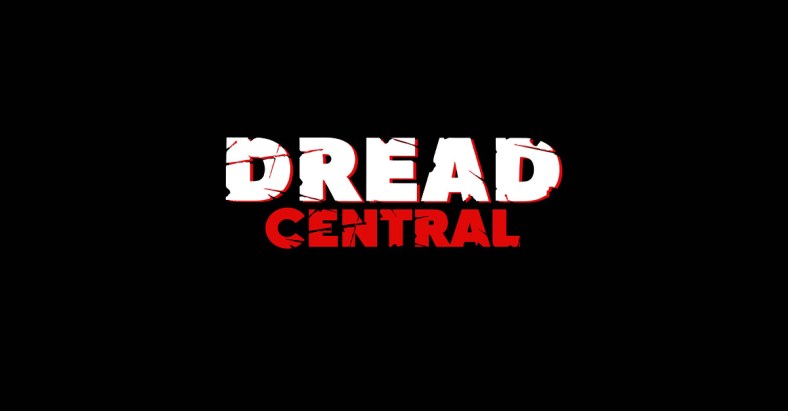
-
Game
Categorized:Horror Gaming Reviews

